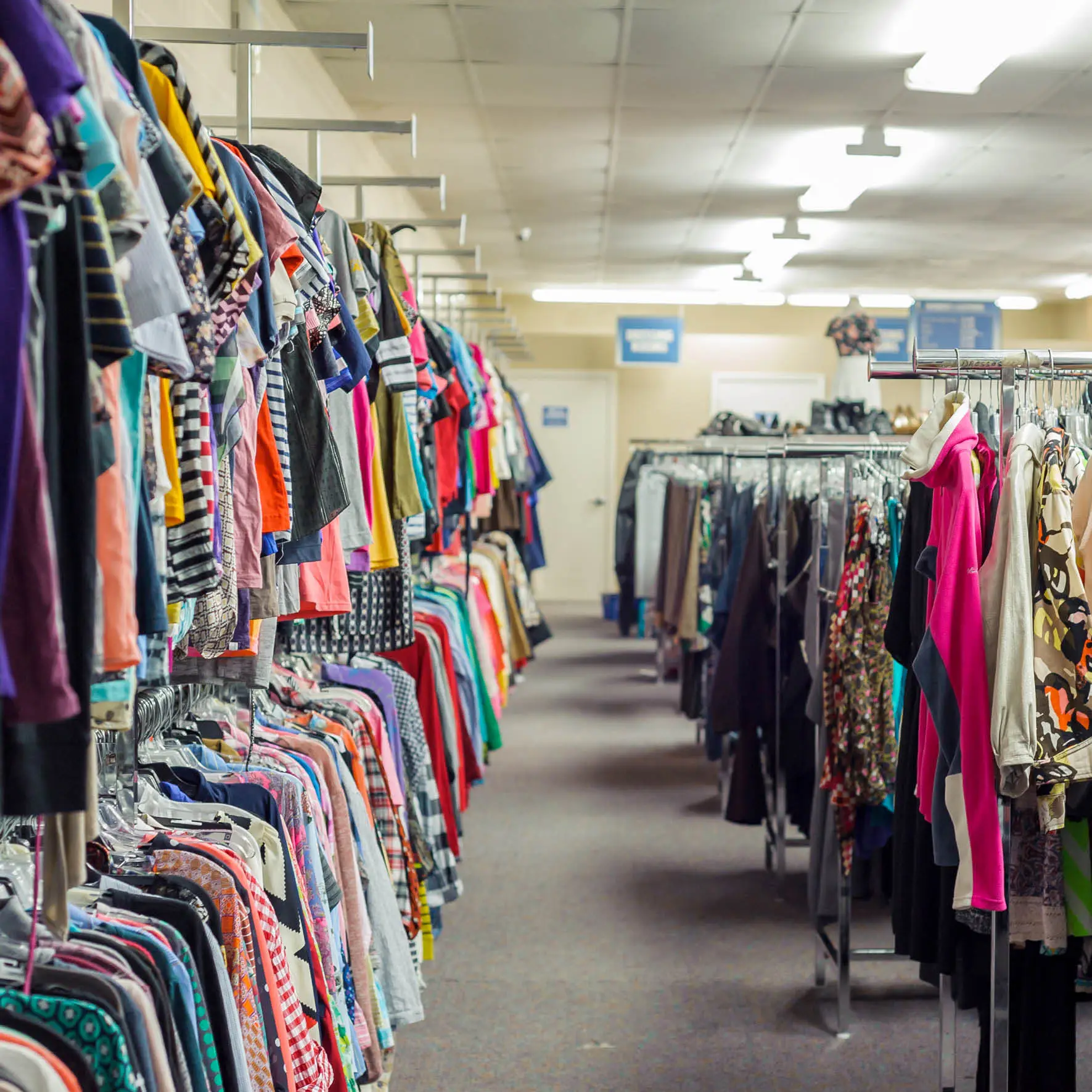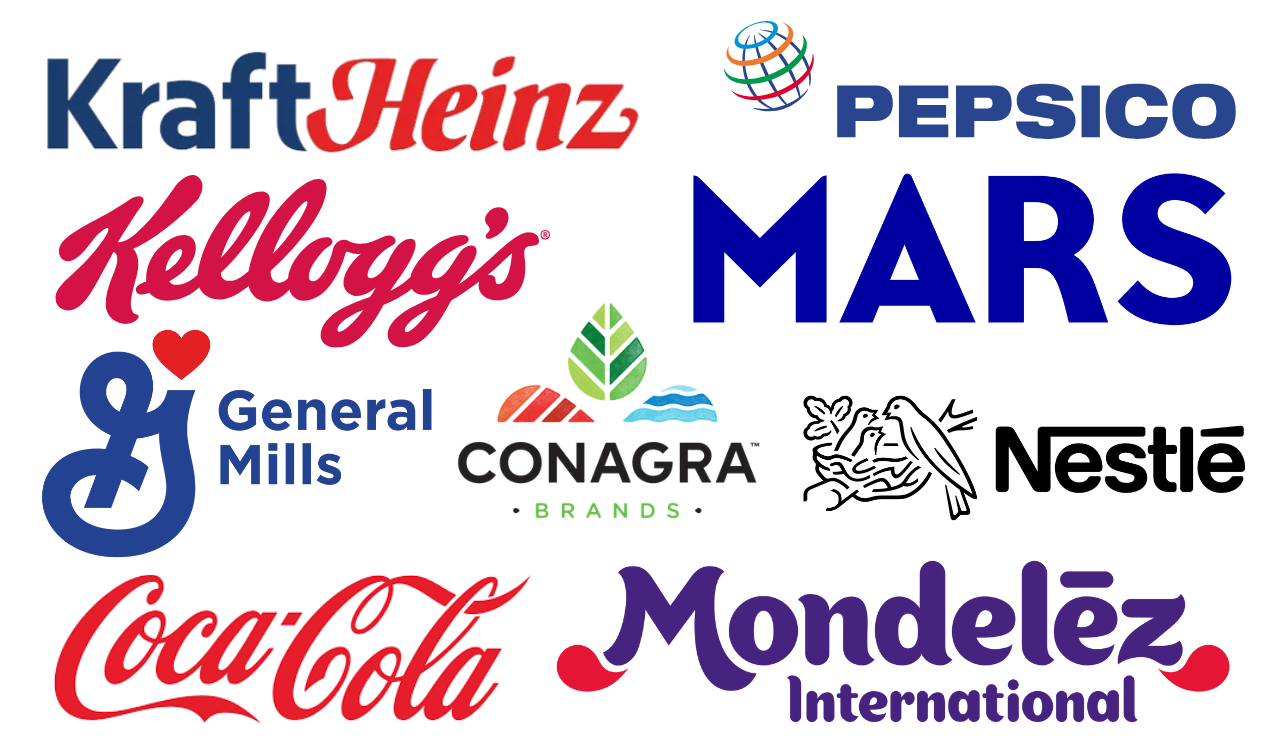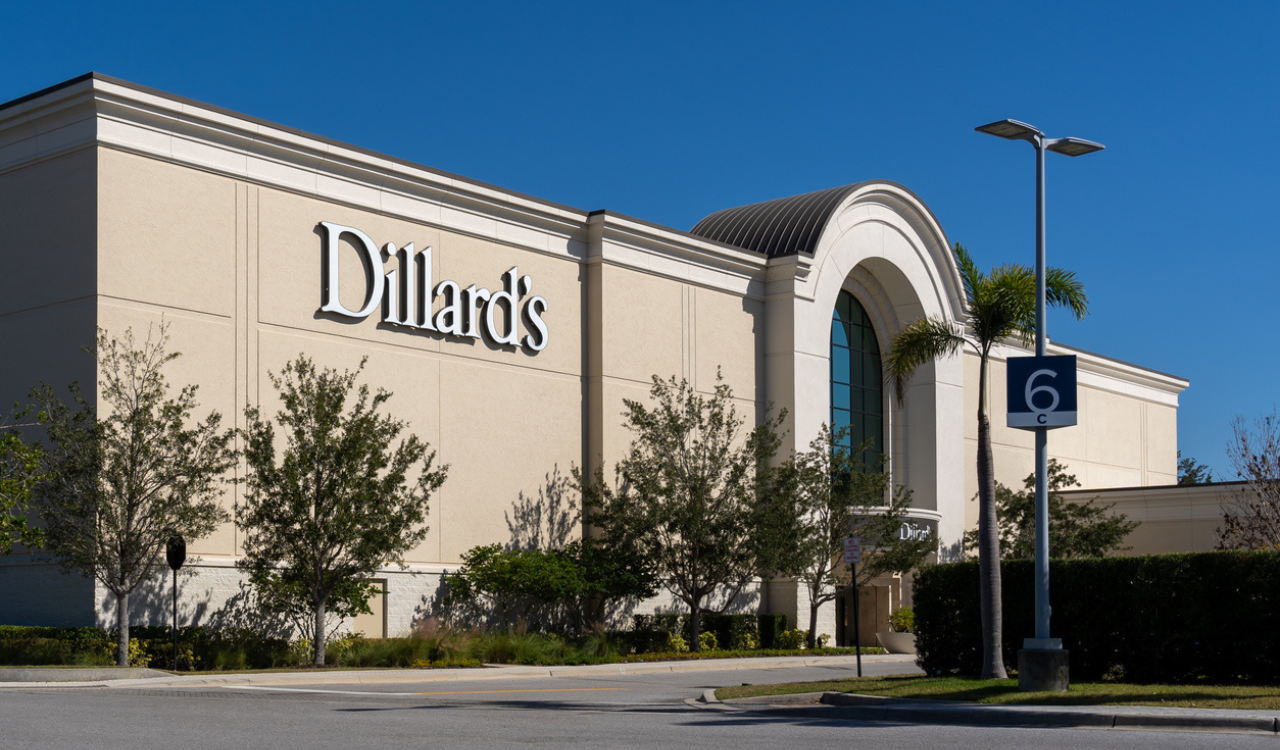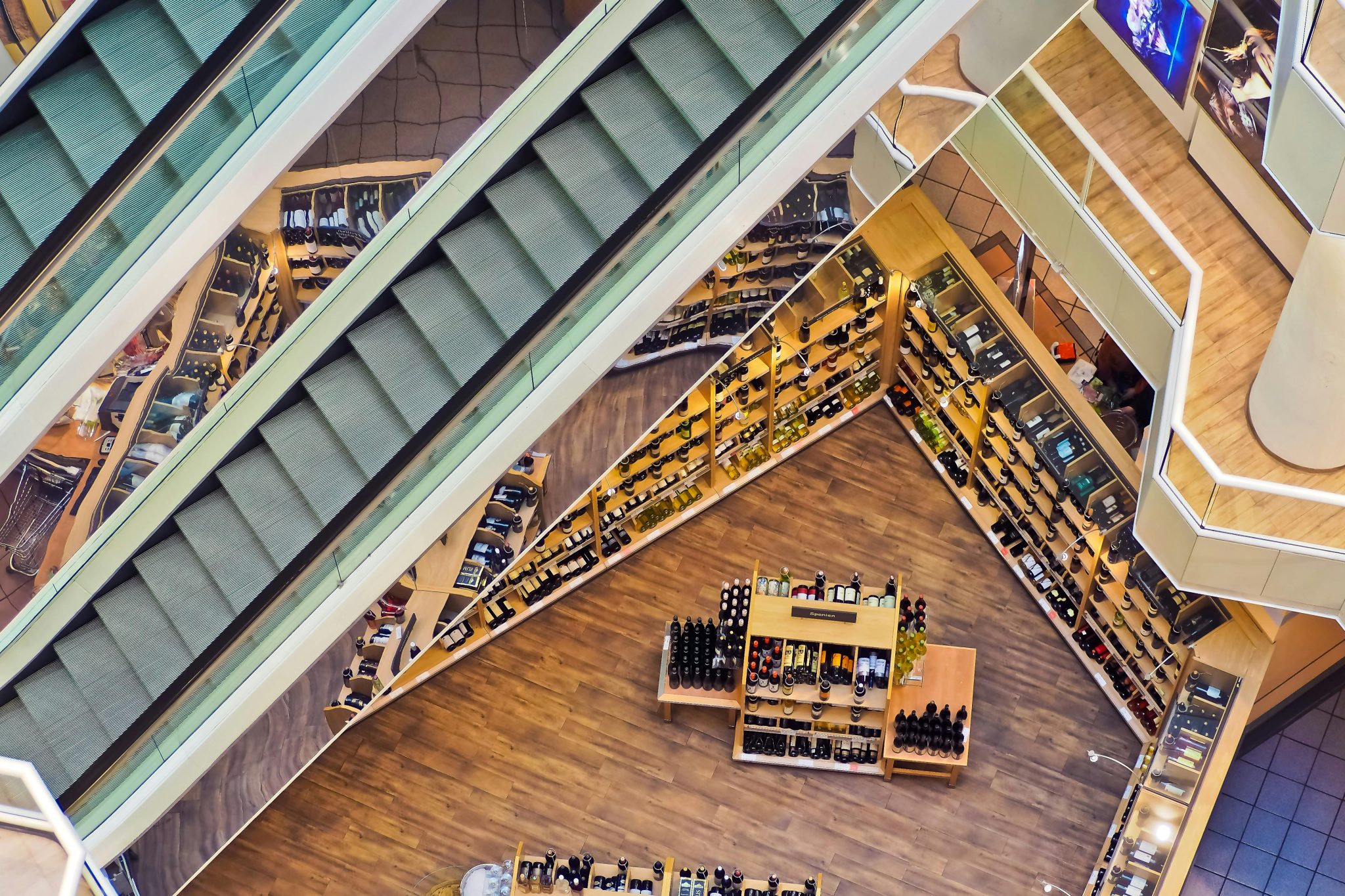I went to a local thrift store yesterday and noticed a phenomenon that can be seen across resale stores worldwide. Complete shelving fixtures were empty. Home décor was sparse. Bare clothing racks stood like stranded trees. But it’s not just physical resale shops where you can see this phenomenon. Online apparel resellers are equally pressed for inventory. It’s funny to think back to just three years ago, when thrift stores were overrun due to the “Marie Kondo Effect.”
The price of used apparel isn’t even necessarily lower than the price of new clothing anymore. Used pieces selling on ThredUp are $10 cheaper at off-price retailers like Nordstrom Rack or TJ Maxx.
Apparently, customers got their closets cleaned out before the pandemic hit because you can’t miss the apparel shortage in the resale fashion industry. And online resale brands like ThredUp and Poshmark are turning towards manufactured inventory to fill in the gaps.
Skyrocketing Demand for Used Apparel
Originally, shoppers were drawn to resale as the result of the manufacturing shortages that came from Covid-19 lockdowns. Retailers didn’t have enough new apparel to stock their shelves. But when consumers did early Covid closet cleans, it supplied them with enough resale inventory to please even the most discerning secondhand shoppers. From one-of-a-kind or small batch luxury goods being sold on the RealReal to $2 t-shirt sales on ThredUp, the used clothing craze reached new heights for customers at all income levels.
Used apparel sales will reach a $77 billion high in the next five years. Saving money factored into the resale boom, since consumers planned to spend less on new apparel after the pandemic. While customers may have come to resale for the price point and availability, they stayed for the sustainability, variety, and street cred of used apparel.
As a whole, the fashion/apparel industry is responsible for a whopping 10 percent of global carbon emissions. That’s more than the emissions from international flights and maritime shipping combined. As public awareness grows, a call for change is happening at every level of the fashion industry. From designers to manufacturers, consumers to fashion models, there are many people with their voices front and center holding up their metaphorical bullhorns and demanding change.
The Dark Side of the Secondhand Apparel Boom
With that said, we are running low on used apparel. Since secondhand shopping became so widely adopted, critics of the movement point to the “gentrification of thrift stores.” By this they mean that the prices on secondhand pieces are going up due to the growing demand for secondhand apparel, as well as the uprising in small time used apparel resellers on sites like Depop.
The price of used apparel isn’t even necessarily lower than the price of new clothing anymore. I’ve seen used pieces selling on ThredUp that are $10 cheaper at off-price retailers like Nordstrom Rack or TJ Maxx. But don’t just take my word for it. As Jennifer Le Zotte, Assistant Professor at the University of North Carolina Wilmington, told Vox, “It has been a process of appropriating not just the styles associated with secondhand dress but the actual venues: the sales of items, the economic process, and availability.”
The concern is that thrift stores no longer benefit low income or differently-abled consumers. Apparel that this demographic would have purchased in the past is being priced out of the market. Consumers are being forced to buy items they would have otherwise not considered, due to novice resellers swooping in and purchasing all of the good stuff. In this landscape, lower-income people can’t even afford high quality secondhand goods. They have to buy the things nobody wants or buy fast fashion and face the social derision that comes with it –– despite that being the only thing that some low-income consumers can still afford.
Strategic Partnerships Fill Shelves for Online Resellers
2021 will be known as the year that the retail industry demolished the fourth wall between secondhand apparel and new inventory. Secondhand resellers are adding new inventory to their offerings, while next gen retailers like Urban Outfitters are building connections with secondhand platforms like Nuuly x UO and Urban Renewal.
Let’s take a look at three of the biggest online resellers are integrating brand new inventory into their online catalogue.
ThredUp
Gap joined ThredUp’s Resale-as-a-Service program giving consumers the opportunity to resell their clothes by snagging a ThredUp Clean Out Kit bag at Gap store locations. ThredUp will also be adding brand new inventory from The RealReal and Stella McCartney, Depop, Vestiaire Collective, and Dickies to its website.
Why this move? Well, besides elevating its brand image through luxury collaborations, ThredUp is making a targeted effort to prevent its brand from going down market. Sure, you can find $2 t-shirts, but that hits differently now that brand new Stella McCartney pieces are also part of the assortment.
Poshmark
The secondhand apparel marketplace recently launched “Brand Closet,” an initiative that allows major brands to sell directly to Poshmark users. Megabrands are a focal point of the program. But the platform is also highlighting SMBs, with over 140 community brands and counting using Poshmark’s platform to get their inventory in front of the reseller’s 80 million users.
The RealReal
The secondhand luxury platform partnered with Balenciaga, Dries Van Noten, Jacquemus, A-COLD-WALL*, Simone Rocha, Stella McCartney, Ulla Johnson, and Zero + Maria Cornejo on the RealReal ReCollection 01. The platform works with the retailers to repurpose damaged or worn-out clothing into unique, high demand luxury pieces.
Online Resale Forecast: 2022 and Beyond
The fashion resale and consignment sectors will continue to evolve in the new year. Expect to see online resellers achieve an elevated brand image by partnerships with luxury brands. As well as repurposed, one-of-a-kind luxury pieces being sold at higher price points. In a world that’s pressed for in demand inventory during the holiday season, the sky is the limit for online resellers ––provided they take the necessary actions to prevent brand dilution. Welcome to 2022, the year resale is ratcheting it up.





